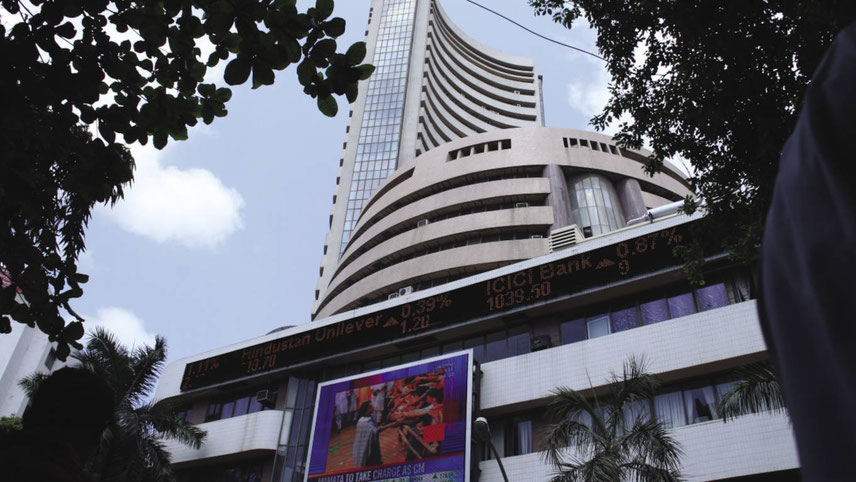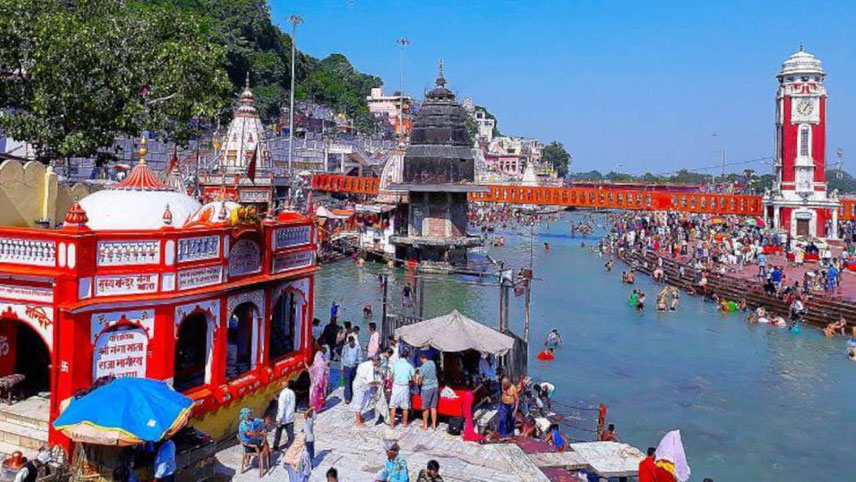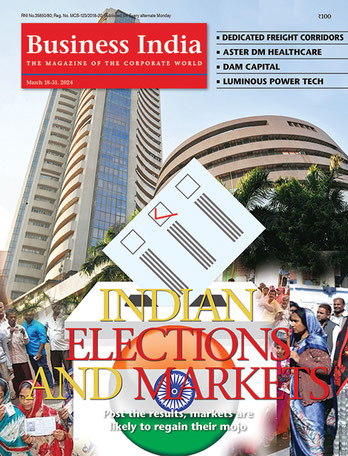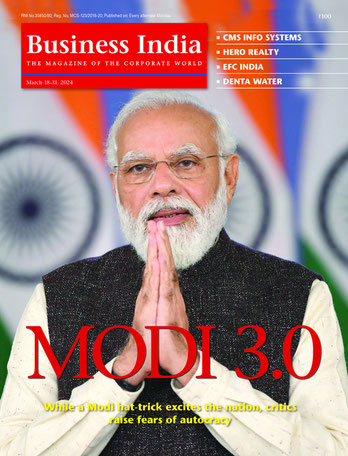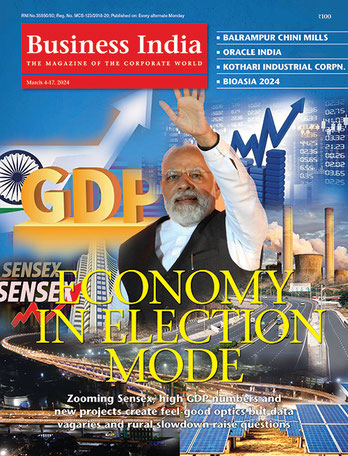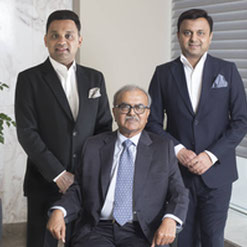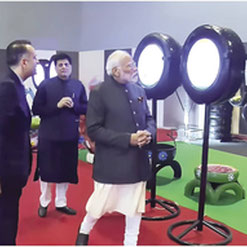The decision by Japan’s longest-serving Prime Minister, Shinzo Abe, 65, to call it a day on health grounds came as a bolt from the blue for New Delhi. India will miss Abe, who tried to build an abiding relationship on all fronts with the country. He visited India four times – the most visits by any Japanese PM. The relationship grew and encompassed issues from civilian nuclear energy and quality infrastructure to Indo-Pacific strategy and maritime security. Japanese FDI in India was $33.5 billion during 2000-2020 of which $2.9 billion came last year alone. At 5,730 billion Japanese Yen (approximately R3,50,000 crore), India became the largest recipient of Japan’s concessional loans under its Overseas Development Assistance. No small wonder then that as Japan’s leader, Abe was wooed both by the UPA under Dr Manmohan Singh and the NDA under Narendra Modi. He stuck his neck out politically to help India, overcoming resistance by anti-nuclear hawks back home to get the Indo-Japan nuclear treaty passed. The pact was key to India’s deals with US and French nuclear firms, which were either owned by or had stakes in Japanese firms. In short, he was a one-stop shop for India in Tokyo. On the face of it, his successor Yoshihide Suga, who was chief cabinet secretary, is seen as Abe’s right-hand man. Abe’s younger brother, Nobuo Kishi, a former senior vice foreign minister, is the new defence minister and Toshimitsu Motegi, another follower, has been named as the new foreign minister. Suga has pledged to push forward with Abe’s policies, including ‘Abenomics’, a mix of measures aimed at beating deflation and spurring growth in the world’s third-largest economy. One can also expect continuity in Japan’s relationship with India for the time being. Japan is important for India because of China’s recent aggressiveness on the border. Tokyo too been feeling the heat of Beijing’s expansionist policies in the South China Seas. Beijing’s rising assertiveness against counter claimants in the East and South China Sea has resulted in partnerships across the Indo-Pacific region. The Quad, consisting of the United States, Japan, Australia and India, was one of the major alignments formed to keep China under check. Abe played a big role in sustaining this grouping. While a security agreement between India and Japan was in place since 2008, under Abe the two sides decided to have Foreign and Defence Ministers’ Meeting (2+2). In fact, it was a fitting tribute to Abe that India and Japan wrapped up the Acquisition and Cross-Servicing Agreement, a kind of military logistics support pact, at the virtual summit between Modi and Abe just before he left office.
-
Despite the lure of the Indian market, the nature of Japanese companies is to export. Sixty per cent of the 1,441 companies based here export up to 50 per cent of their production to earn $2.5 billion annually
But there is no doubt, as Indian diplomats point out, Suga “will have big shoes to fill”. The problem is that the ruling Liberal Democratic Party of Japan is riven with factions driven by personalities and policy agendas. Japan’s economy shrank 7.8 per cent in the second quarter of the year, the third straight quarter of contraction for the world’s third-largest economy.
A massive stimulus, including cash handouts and zero-interest loans, has so far helped. But for how long? If the economy does not pick up and Suga fails to deliver, then there might be calls for his replacement. One needs to recall the political instability in Japan before the charismatic Abe took over. For more than a decade, prime ministers on an average, got changed every year.
Whether Abe’s successor will stay the course of Indo-Japan relations remains to be seen. Now that Abe is not there, India will have to be more receptive to Japan’s concerns on infrastructure and speedy clearances if it wants more FDI from Japan. Despite the lure of the Indian market, the nature of Japanese companies is to export. Sixty per cent of the 1,441 companies based here export up to 50 per cent of their production to earn $2.5 billion annually.
South Asia, the US and the EU take 50 per cent of these exports while ASEAN imports 26 per cent and Japan itself 12 per cent. A small six per cent of Japanese exports from India go to China. Africa is the new market in mind. For India to emerge as a regional or global production base for these companies, it will have to step up its act once the impact of Covid-19 is reversed.
There are high expectations on both sides which will need to be matched. India wants FDI focusing on manufacturing and involvement of its companies in Japanese global value chains. Japan is keen on the Digital Transformation link between Japanese industry, financial strength and access to global markets to match with India’s IT core. Exploratory moves are on. Suga and Modi will now need to join hands to push this idea.
Focus
Dedicated Freight Corridors: Shifting gears
The new corridors should have a multi-operator regime and a beginning should be made with the DFC
Cover Feature
Indian elections and markets
Post the results, markets are likely to regain their mojo
Cover Feature
Lalithaa Jewellery's shining moment
With the gold & jewellery industry catching up with the fastest-growing Indian economy, Chennai-based Lalithaa Jewellery looks to cash in on its cost advantage
Focus
Will it be glad season for the hospitality sector?
Feeder cities and spiritual tourism should bolster Indian hospitality sector
Agriculture
GHCL Foundation's horticulture initiative: community development and farmer prosperity
Published on Jan. 21, 2023, 3:49 p.m.The introduction of black pepper as an inter-crop in the sopari and coconut orchards, has enabled farmers to cultivate crops simultaneously
Skill Development
Mastercard empowers young Indian women through expansion of Girls4Tech programme
Published on Jan. 21, 2023, 3:43 p.m.In 2020-21, the programme reached over 112,482 girls in urban and rural locations across six states in India, including 10,000 across Delhi
Collaboration
Mercedes-Benz accelerates with Sustainability Dialogue and Innovator Fellowship Programme
Published on Jan. 21, 2023, 3:34 p.m.The event brought together stakeholders and changemakers to participate in a series of conversations on global trends and recent developments
Healthcare
Brushing up on Oral Health: Colgate-Palmolive India teams up with Andhra Government
Published on Jan. 21, 2023, 3:28 p.m.The programme will focus on educating children on oral health and building awareness around the dangers of tobacco use
Biogas
BioEnergy will showcase its innovative biogas technology in India
Mobility
Ather aims to produce 20,000 units every month, soon
Green Hydrogen
German Development Agency, GIZ is working on a roadmap for a green hydrogen cluster in Kochi
Renewable Energy
AGEL set to play a big role in India’s carbon neutrality target















